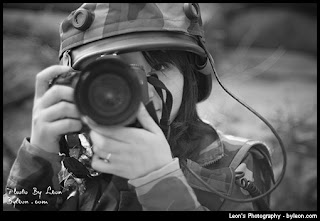In Parliament, Labor and Independent MPs applauded, cheered and shook hands after the bills were passed. Foreign Minister Kevin Rudd and Prime Minister Julia Gillard even exchanged a kiss!
 |
| Prime Minister Julia Gillard and Foreign Minister Kevin Rudd share a kiss in Parliament this morning |
In the public gallery, protesters interrupted the Prime Minister while she was attempting to answer a question, chanting "no mandate, democracy is dead".
I read about this on ABC News online. But I first got a sense of people's reactions to the passing of the carbon tax and the emmissions trading scheme on Facebook and Twitter.
The first I heard of the carbon tax bills passing through the Lower House was via a tweet by SBS World News Australia.
After that social media was a buzz with applause and condemnation.
ABC News online perhaps summed it up best, publishing a selection of comments from both Twitter and Facebook. Here are some examples of those in praise of the carbon tax announcement, as posted on the ABC web site:
"Financial mkts unmoved by carbon vote: So biz as usual. Lead coming from US stock futures & Europe. Zero sign of any mkt fears."
"Today I feel more human again. Today I feel like singing. #Australia now will have a #Carbon #Tax! Fantastic!"
And those dismayed:
"It's a sad day for Australia and a sad day for democracy.No Labor candidate will ever darken my door again. And @JuliaGillard, you're a liar."
"This Carbon Tax is an act of unilateral economic disarmament. It's going to harm growth, cost jobs etc etc - and FOR WHAT? Idiocy."
There are many more examples quoted in the ABC article.
Personally, I'm an advocate of a carbon tax and an emissions trading scheme. I believe in the principle of user-pays and we're all using (or more aptly abusing) the environment!
In fact, I feel so strongly about it, I'm going to go and tweet it right away!
You can find me on Twitter @sasha_lennon










